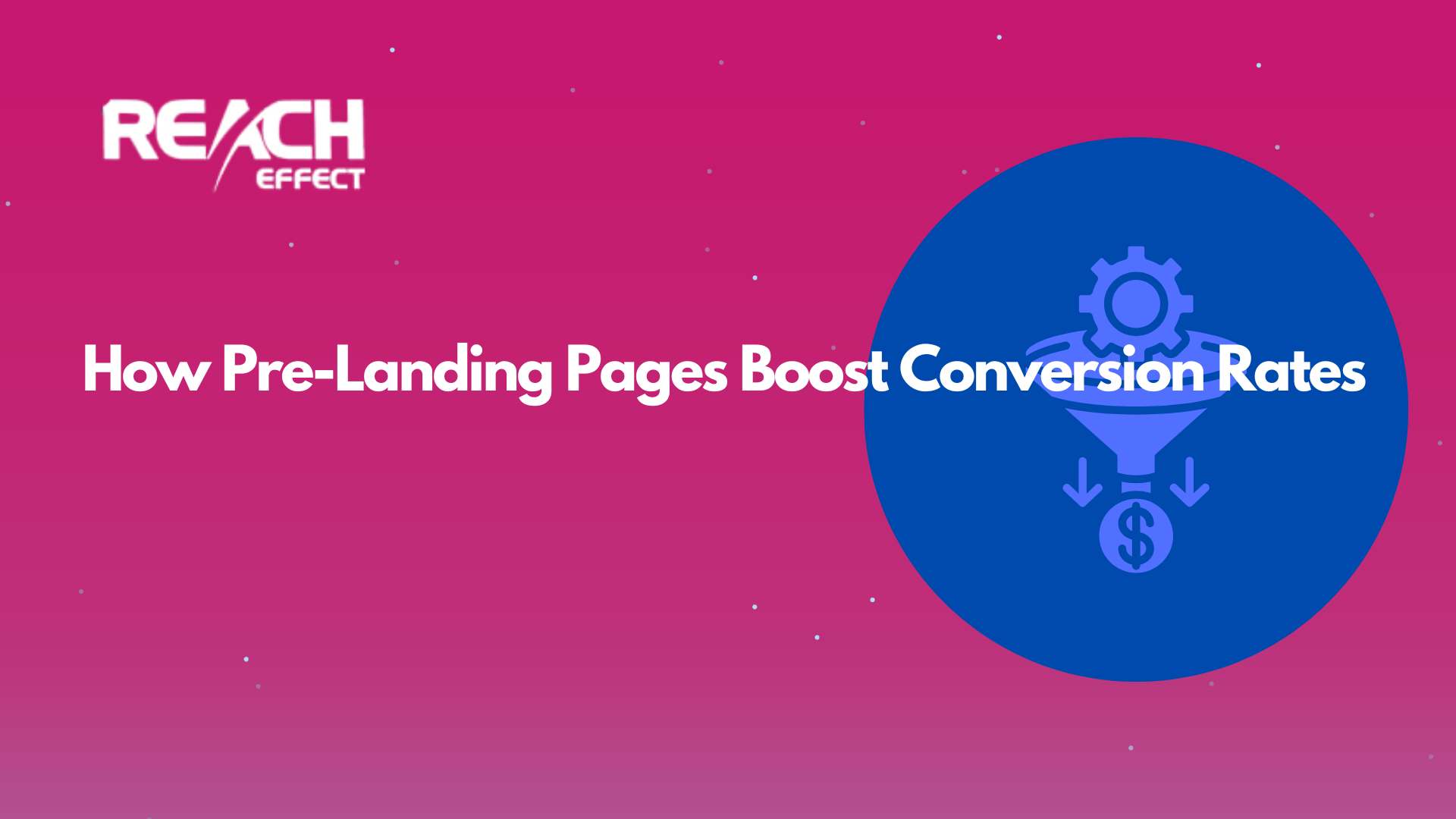Everyone needs to understand the need to explore these disjunctives. It becomes a crucial moment for content creators and website owners. It is a popular choice. Diversifying revenue streams and maximizing earnings often involve considering alternative ad networks. Many factors drive this study. These include the need to increase potential income. Also, it improves customization capabilities and reduces dependency on a single platform. This guide delves into why seeking alternatives for AdSense is beneficial. We present viable options for a more strategic and diversified approach to monetizing online content.
Thank you for reading this post, don't forget to subscribe!How does Google Adsense work?
It enables website owners and content creators to display targeted ads on their platforms. Publishers apply for AdSense, and upon approval, they integrate ad code into their websites. Google’s technology then analyzes the site’s content and audience to deliver relevant ads. The publisher earns revenue when users interact with these ads by clicking or viewing them. Advertisers bid for ad space through the AdWords platform. Google manages the entire process, ensuring a seamless and efficient way for publishers. It aims to monetize its web content. They are providing advertisers access to a vast network of potential customers.
Why Use an AdSense Alternative?
Exploring alternatives for AdSense becomes imperative for content creators and website owners. It is helpful for those seeking enhanced flexibility, revenue potential, and customization options. Diversifying ad networks mitigates the risk of dependency on a single platform. It provides a strategic approach to maximize earnings. Alternative platforms may have less stringent approval processes. They offer opportunities to those facing AdSense approval challenges. By embracing alternatives, publishers can optimize their monetization strategy.
Additionally, they can adapt to changing market dynamics. They can find platforms that better suit their specific needs and goals. Alternatives for Google AdSense often offer competitive payout rates and specialized niches.

1. Eligibility Requirements
They may vary, but standard criteria include having original and valuable content. Eligibility requirements complying with the platform’s policies and maintaining a user-friendly website layout. Some alternatives may have specific traffic thresholds or target audience criteria. Publishers need to adhere to ethical practices and ensure their content aligns with the guidelines set by the chosen ad network. Meeting these qualification requirements is significant. It provides seamless integration with alternative ad platforms for effective monetization.
2. Revenue Share
Revenue share is the percentage of earnings from advertising. Its publisher receives from the total revenue generated by displaying ads on its platform. It is through an advertising network or service. AdSense alternatives often offer varying revenue-sharing models. The publishers receive a part of the income generated by the ads placed on their websites. The revenue share percentage can clarify the specific terms of the alternative ad network. It affects the publisher’s income.
3. Minimum Payout
It is the threshold that publishers must reach before receiving earnings from an ad network. Alternatives for AdSense often have varying most minor payout requirements. It can range from a few dollars to higher amounts. Publishers need to accumulate earnings exceeding this specified minimum to start a payout. Understanding the most minor payout threshold is crucial to managing their revenue expectations. Also, to withdraw processes with the chosen ad network.
[insert-buttons] [/insert-buttons]










